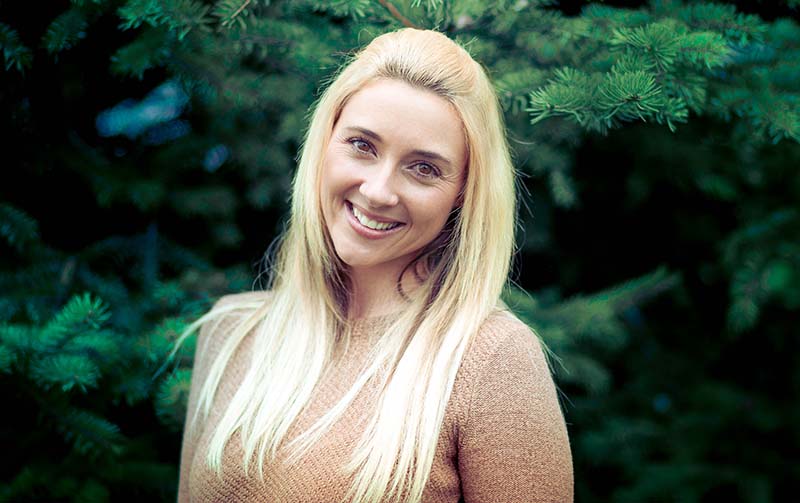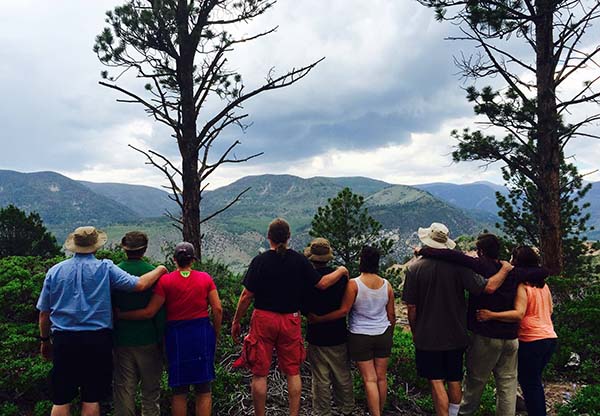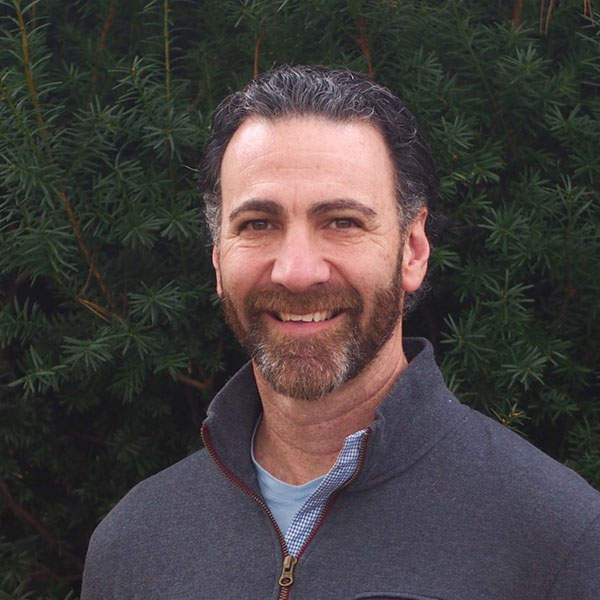May 24, 2016
Orientation Second Nature Style: Reflections on my Week in the Field

Being “new” to the Second Nature team, I thought it necessary to experience a week in the life of our students. I’ve spent fourteen years in the treatment industry and have worked with countless kids and families transitioning from wilderness into residential treatment. I wasn’t really expecting to learn anything monumental as I thought I thought I knew most everything there was to know about wilderness. I therefore felt confident turning off my devices and trekking into the woods.
I left Second Nature base with my gear and began a stunning drive through the Uintas. The gorgeous desert landscape exhilarated me as I inhaled the crisp and fragrant mountain air. I spent the two-hour drive learning a bit about the ten (female) students with whom I would be spending the week. We climbed to an elevation of nearly 9000 feet and found our group of staff and students in a beautiful Aspen grove getting ready for lunch. I quickly unloaded my gear and jumped right in, excited to meet the group.
The girls were hard at work, each pursuing their assigned tasks with enthusiasm and pride. I watched as one of the older students unsheathed her beloved bow-drill set and deftly started the campfire. Two students huddled over a cutting board and prepared fresh vegetables, quinoa and seasonings. As the cooks worked, they mindfully separated out vegan portions for those students and staff who preferred a vegan meal. I saw girls collecting firewood, fetching water, and setting up a large wok to cook the meal.
Lunch was delicious. Fresh veggies were flavorful and added sweetness, texture and color to the quinoa. This was certainly not the standard beans and rice I was anticipating. During lunch the girls called a group in which they introduced themselves, shared why they were at Second Nature and asked me questions so that they could get to know me. The girls were incredibly open, honest and supportive of one another. They provided feedback in a reflective and solution-focused format, with some jotting down notes throughout the process. Much of the feedback was direct and emotions ran high but each student remained respectful and took in the feedback without argument or defense.
After lunch, a new set of staff arrived and all eight staff, ten students and the group’s Primary Therapist gathered for the weekly Milan Group, one of Second Nature’s early and most effective innovations. The name (Milan) was derived from a therapeutic model of family therapy in Italy renowned for its effective intervention techniques, including one where clients listened behind a one-way mirror as a group of therapists discussed their case. At Second Nature, Milan Group includes the therapist, students, and staff both entering and leaving the field at the culmination of the week. The group includes a full exchange of information about the student, feedback, and the opportunity for the students to assess their progress from an objective perspective.
The Milan Group I witnessed began with each student offering a self-reflective summary of her week. This gave each student the opportunity to identify personal progress and struggles, which helped each to self-assess and feel empowered in the process. Current staff followed, presenting an overview of each student’s week, which included progress related to individual treatment plans, challenges and continued areas of focus, while the Primary Therapist asked clarifying questions. The girls sat quietly as they listened to the staff summarizing the above. This group was truly powerful. There are no secrets at Second Nature. No student is ever left wondering how they are doing or where they stand with staff and therapists. Feedback is delivered in an objective, direct and yet nurturing way to shed light on issues and provide encouragement and support. This group eliminates the possibility of triangulation and therefore prevents potential power struggles and manipulation in the week ahead. I watched as staff and students took notes and identified specific goals for the upcoming week.
After the Milan Group, the therapist began individual sessions. In each session, the therapist, student, and assigned staff mentor met and addressed information shared in the Milan Group, processed therapy assignments, and further solidified goals for the upcoming week. I learned that having the staff mentor in each individual therapy session is vital to ensuring that each student’s daily wilderness experience is fully integrated and consistently centers around his/her therapeutic goals. Each staff is responsible for a maximum of two to three students and assisting the therapist in carrying out individual treatment plans. The staff skillfully turn day to day experiences into therapeutic lessons using each experience to teach the students how to manage emotions in real time as various situations occur. These experiences then seamlessly transfer back into individual and family sessions, creating a cohesive therapeutic process for every student and family.
The therapist remained with the group for 48 hours, conducting individual therapy sessions and facilitating clinical group sessions as well. After the therapist departed the field, we awoke Thursday morning bright and early, packed up camp and began our hike. And this is where the real therapeutic work began! With everything we possessed on our backs, we set out through the endless stretches of Aspen groves with little to no idea how long we would hike or where we would end up (of course the lead staff knew exactly where we were going.) The energy in the group shifted and the girls’ anxiety became palpable. Within ten minutes of hiking one of the girls began to lag behind and wanted to stop.
“There’s a pebble in my shoe!” she exclaimed and she unstrapped her pack and bent down to remove it. The whole group waited for 15 minutes while she addressed her discomfort.
Another ten minutes into hiking another girl insisted on stopping.
“My pack is killing my shoulders!” she hollered, as she threw her pack to the ground and sat down.
Some of the older students were visibly annoyed. They wanted to get to the next camp area quickly so that they could eat a hot lunch and get some personal time. But no one said a word as the student sitting took her time and eventually, got back up and resumed hiking.
As the hike continued, a few students insisted on stopping, going to the bathroom, complaining about small discomforts, and stopping the group to address them. At lunchtime we were nowhere near our intended campsite and so we stopped in the middle of shrubs and trees to eat. Again, some students began complaining about the lack of comfort at the site chosen for lunch, the fact that they weren’t having a hot lunch and the length of time they had been on the trail. As staff, our eyes glimmered with the therapeutically rich lessons built into the day thus far. We decided this was the perfect time to call a group. The parallels occurring on the trail that day were symptomatic of the issues each individual student was facing at home. So often, our students cannot stand to experience discomfort of any kind!
As a mother of three sons and as a professional with 14 years experience working in the mental health field, I have become increasingly aware of the lack of core resiliency and grit in our kids today. So often, when kids begin to feel uncomfortable they avoid. Choose the avoidant skill be it drugs and alcohol, school refusal, shutting down, acting out, suicidal ideation, self-harm, you name it, we’ve seen it. These kids often lack the skills and confidence to push through challenges. And here we were on the trail grappling with the same exact issues. Each time a student experienced anything remotely uncomfortable, our journey stopped, halting our long-term process and perpetuating more discomfort. On this day, I watched ten adolescent girls realize, for the first time in their lives, that they themselves were the ones getting in their own way and causing their own struggles.
Again, the energy shifted, but this time the energy was positive and full of motivation. Each girl identified a problem she had been avoiding in her life and then made this problem the focal point of the hike. With each step, log, and mountain conquered the girls pushed on, encouraging each other, shouting out to the universe that they were strong and capable and determined to never give up. The hike was not easy. There was no trail paved by previous hikers, there were no shortcuts, no distractions from the angst we each experienced. But there was a feeling of pride, accomplishment and sheer determination to not let these challenges deter us from our end goal. That day, on top of the highest mountain peak, we felt on top of the world. I witnessed ten young women realize how strong and capable they really are. I witnessed self-esteem bloom, resiliency develop and pride reside within each of these girls. And on top of that peak I realized why Second Nature is the première wilderness program in the industry. Second Nature has not succumbed to the pressure to make wilderness more fun, exciting and enjoyable. Second Nature has stayed true to their identity of providing a safe, challenging and nurturing therapeutic experience to help kids be better prepared for life’s challenges and obstacles. Second Nature is not about protecting our kids from life experiences or providing fun distractions from internal turmoil. Instead Second Nature provides the opportunities, skills and support necessary to get through these challenges and develop resiliency within each and every student with whom we work.



